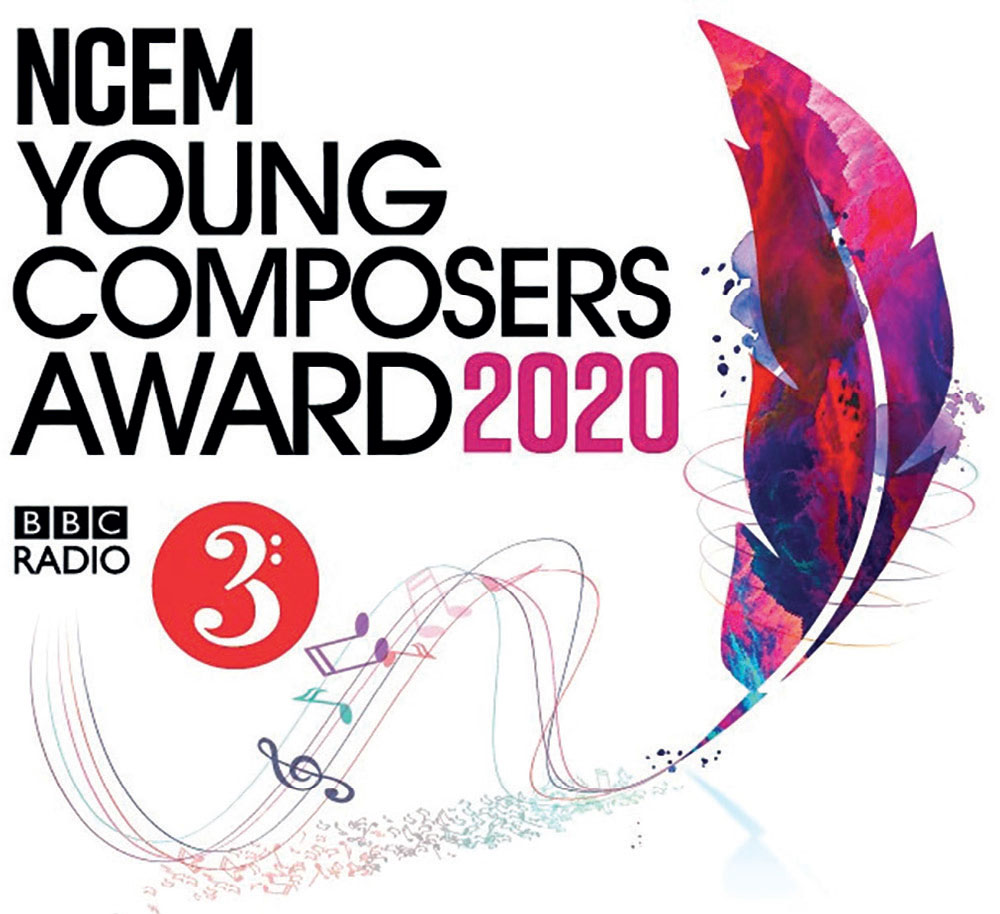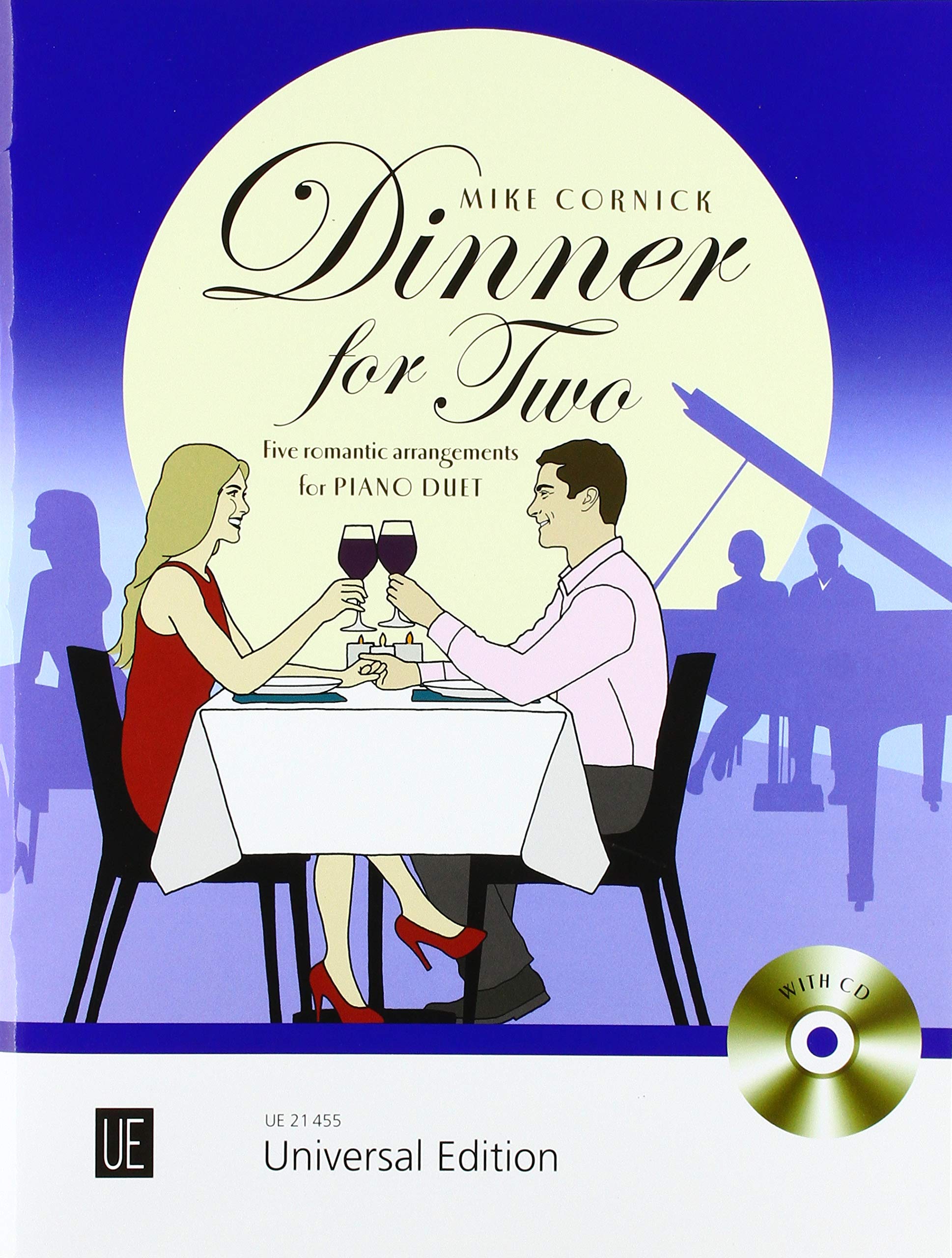
Piano duet playing provides so many things for pianists: it gives us ensemble experience and pleasure; access to a wider range of genres, often orchestral music; improves sight-reading and quick-learning skills; but most of all it is fun. The selection reviewed here takes pianists from beginner level to Grade 5 or 6 – a curriculum in itself.
‘Busy Bumblebee’ (elementary)
Alfred is well known for producing excellent educational piano music, and the Duet Series continues this with many attractive well-graded piano duets. Melody Bober is a teacher and composer who ‘enjoys creating motivational piano pieces that foster her students’ understanding and love of music,’ according to Alfred's website. This particular duet has an appealing one-octave range and is given more substance by being three pages long, with the melody moving between the secondo and primo parts. It is in C major and has a 4/4 time signature, but when played up to speed it feels more like two beats per bar and sounds quite impressive. Both parts are mostly separate hands with a small amount of hands-together, plus some simple chordal playing in the middle section. The parts are of equal difficulty (early elementary being beginner to initial/pre-prep level). My pupils found this piece enjoyable to play and felt that it sounded more difficult than it actually was.
‘Autumn Celebration’ (late elementary)
This late elementary (between prep and Grade 1) duet is a perfect step up from ‘Busy Bumblebee’ in that it is a similar length but now includes quavers, a wider range in both parts, some hands together in unison – there are only five bars with hands together a 3rd apart – and a few repeats one octave higher. It is a lively duet in A-B-A form in the key of C major with the occasional accidental. After a short chordal introduction, the primo has some sequential melodic patterns accompanied by alternating bass notes and chords in the secondo part. The secondo has the interest in the middle section with a lyrical legato line, and the whole duet is an appealing way to study staccato and legato playing. Millie Eben, the composer, is a performer, composer and teacher, and has gauged this piece perfectly; it is attractive and pedagogically sound.
‘Pretzels’ (early intermediate)
Stepping up from late elementary to early intermediate level (approximately Grade 3), ‘Pretzels’ includes some of the more interesting elements of duet playing choreography. Both parts feature left-over-right hand crossings, and in the middle section the secondo plays a long scale-like line moving up the keyboard while changing places with the primo at the same time – very Victor Borge! This is clearly described on the page and is easily possible, introducing the players and their audiences to the fun that can be had in duetting.
‘Dreamland’ (intermediate)
Alfred's Duet Series could be used throughout a pupil's progression, but also as a crash course in duet playing if you inherit a pianist who has never duetted before, or one who suddenly presents you with the ‘I've got to play a duet on the piano for my GCSE ensemble’ scenario. This duet at intermediate level (approx Grade 4) fulfils most of the requirements for the ensemble section of GCSE music performance; hands are independent, phrases need to have shape and sing out, there is ebb and flow between primo and secondo parts, and there is a need for ensemble techniques where there are tempo changes. A beautiful melody in the primo part opens the duet, accompanied by a rhythmic ostinato figure in the secondo part. This has the interest in the central section, before returning to the lyrical ‘A’ tune and an expressive coda. Highly recommended.
‘Rhapsody Festivo’ (intermediate)
Continuing our progression up through the Duet Series, we now have another duet by Bober, also graded at intermediate, but one that I consider to be at a slightly higher level than ‘Dreamland’. It is quicker and has frequent semiquaver figures, syncopated rhythms, more complex chords, scales, staccato broken chords and a wider range. I would give this to my Grade 5 pupils and they would have to work at it. However, the work pays off, as this romantic-style piece opens with big chords and soaring melodies. The middle section of both hands has staccato chord figurations and scale passages, and the piece ends with the secondo part playing octaves, leading to a descending chromatic scale and both parts ending on a glissando. Exciting stuff.
‘Jazzamatazz’ (late intermediate)
This is such a fabulous, energetic, jazzy and fun piece. If you haven't encountered Mike Springer's pieces before, search them out and enjoy. If I were a GCSE examiner, part of a recital audience or a competition adjudicator, I would be delighted to hear this Grade 5-6 duet. Advanced pianists (Grade 6 plus) would also get much out of devoting a few practice sessions to learning and playing it. Each part has technical challenges: octaves, scale passages, interesting harmonies and rhythmic surprises, and the two players’ hands get quite close on occasion. The whole thing is in A-B-A form and builds to a lively and exciting close.
Dinner for Two


I am a fully paid-up fan of Mike Cornick's for Two series, including Tea for Two and Charleston for Two, and I am happy to add this to the list. I love his duet arrangements of these five romantic cocktail piano pieces. Pitched at intermediate level (Grade 3-5) they are perfect as concert items or for fun. Comprising ‘Plaisir d'amour’, ‘Nola’, ‘Santa Lucia’, ‘Fascination’, and ‘They Didn't Believe Me', all have CD accompaniment with performance tracks and primo and secondo play-along tracks. The CDs are invaluable practice tools, serving as models for each duet part. However, many of my pupils don't have CD players any more, so an online download would be preferable. Excellent arrangements, though, and such fun.








